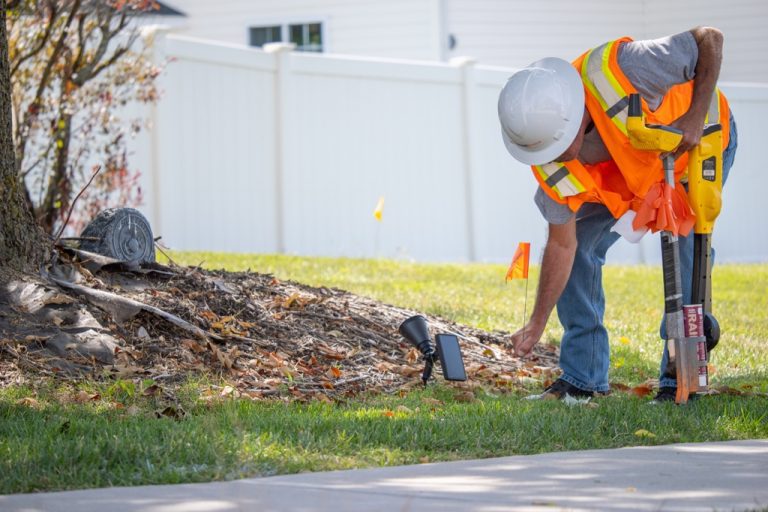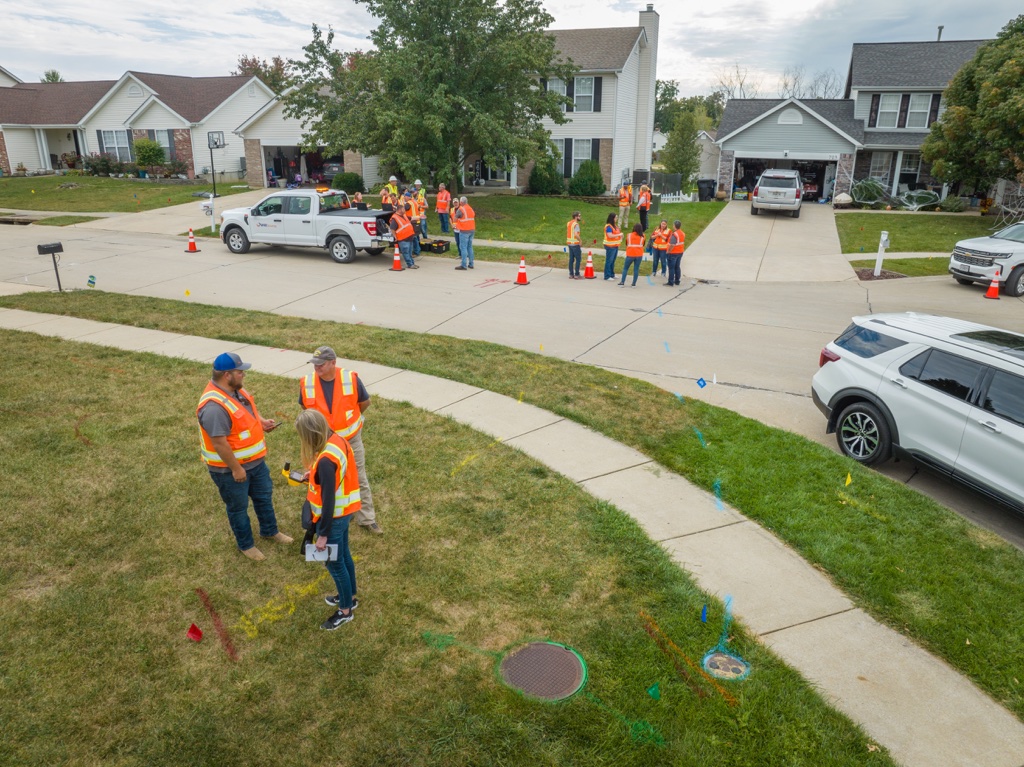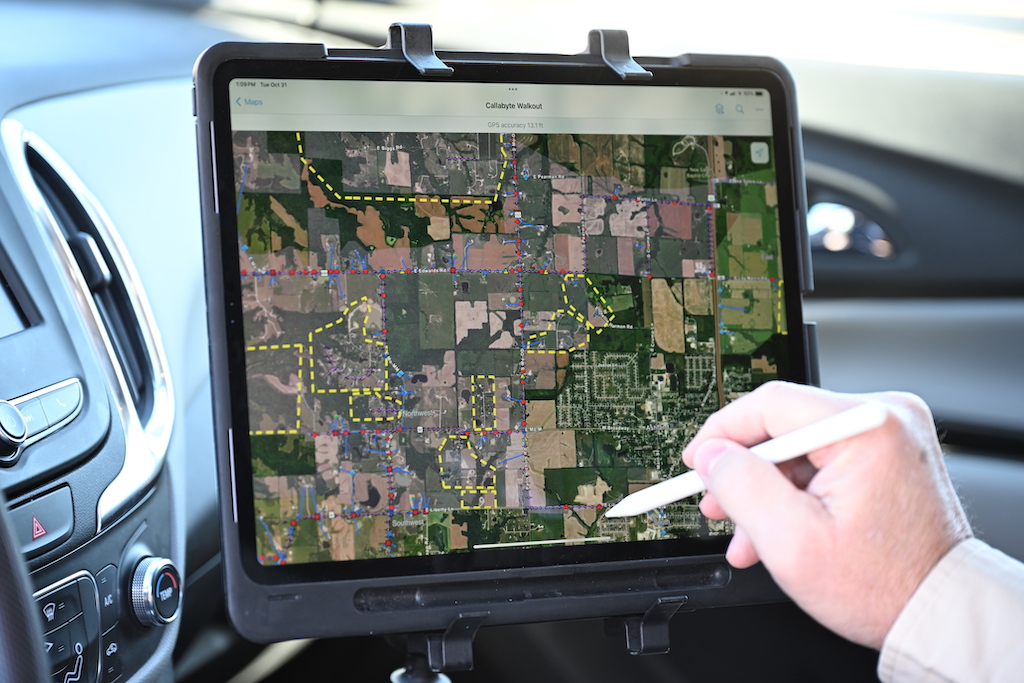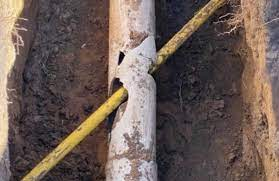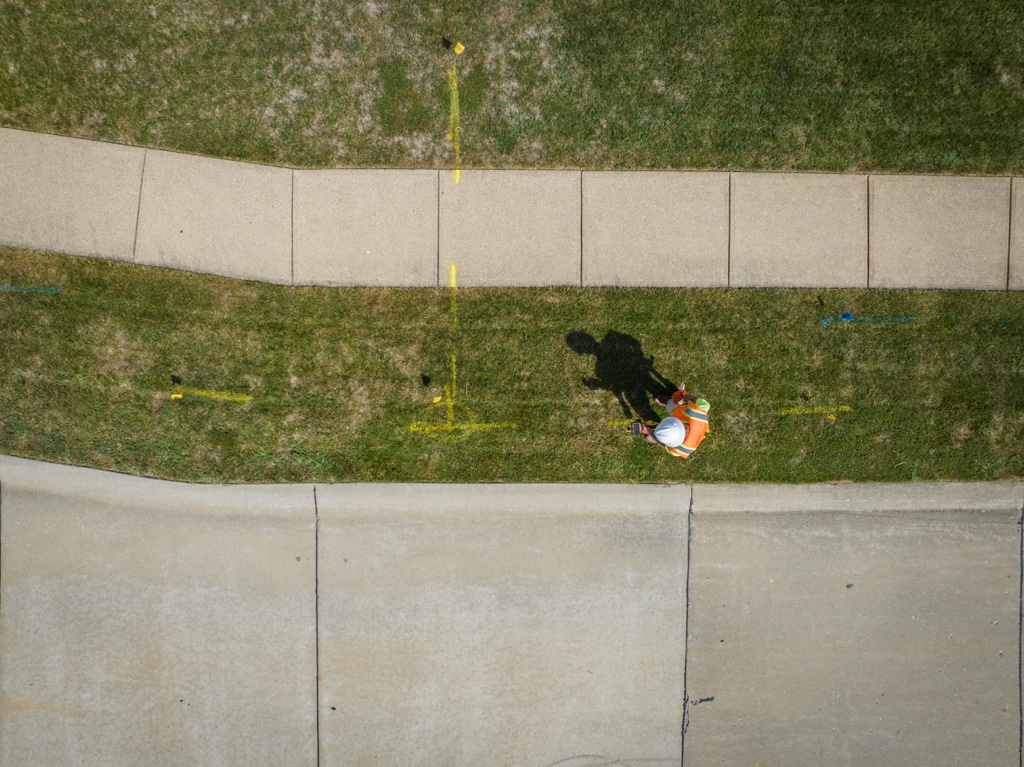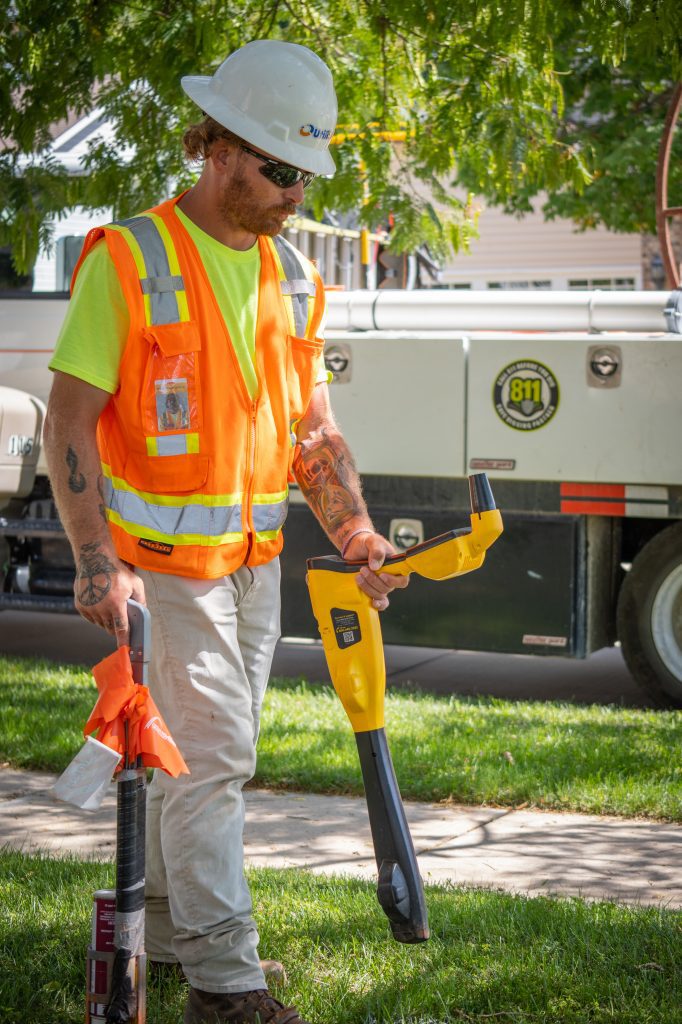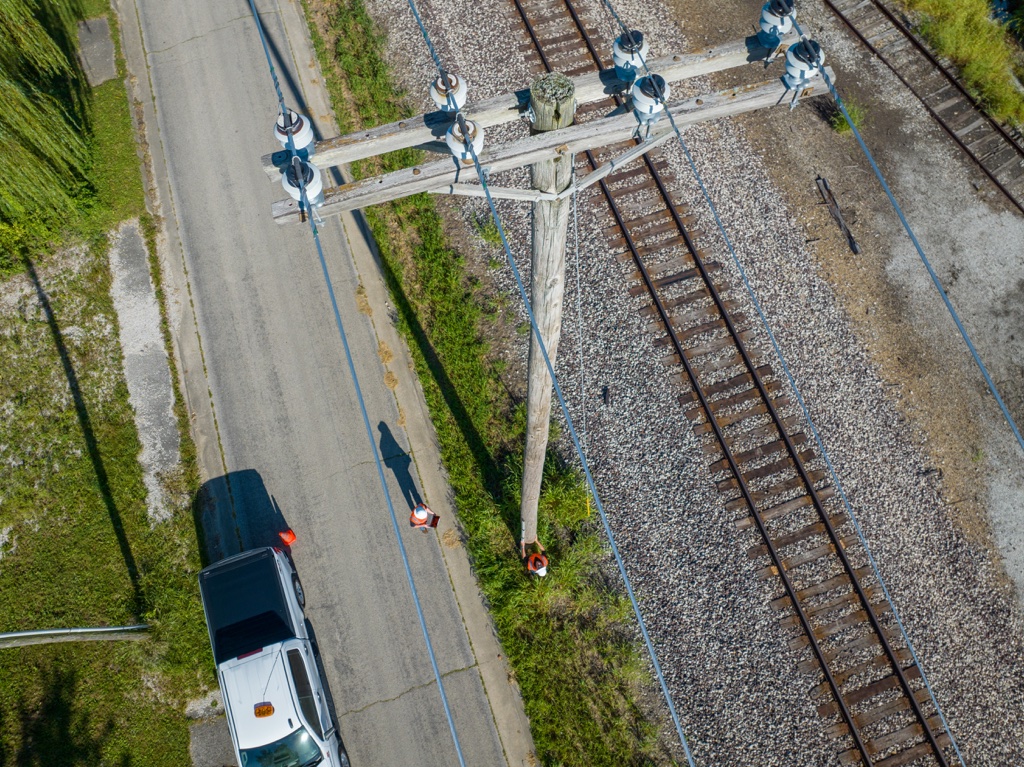When it comes to underground utilities, sewer lines are one thing you do not want to damage during yard work or construction. The result of bursting a sewer line is expensive repairs and major health risks. Fortunately, there are several approaches to locating sewer lines accurately.
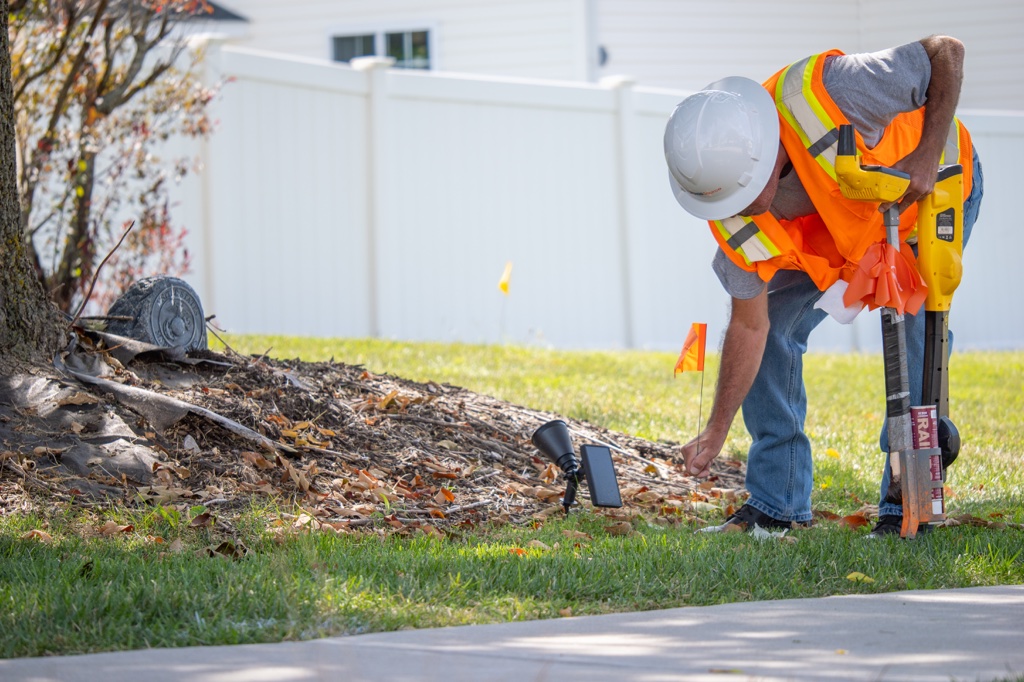
Reasons You May Need to Locate Your Sewer Line
One of the most basic reasons a sewer line might need to be located is if there is a major blockage. This is easily diagnosed, toilets and other drains in the house will struggle to operate the way they are supposed to. Flushing items that cannot be broken up or degraded into small particles can cause this to happen, as well as putting grease or food down a sink drain not created for breaking up food items.
Another reason is suspected leaks or pipe bursts. While these lines are underground, it is possible to identify leaks either through monitoring or inspecting the ground above the line. Often, a smell can be identified and may be the first warning sign. Leaks can be caused by corrosion over time, major blockages, or shifting of the earth beneath the surface after a heavy rain.
4 Proven Ways to Locate Your Sewer Line
1. Utility Maps and Survey Records
In many cases, the city or municipality you live in will have subsurface utility maps you can access. All you need to provide them with is your address, and they should be able to confirm whether or not the records are obtainable. Often, this information can be provided over the phone. Some records, however, are only kept for public utilities.
If this does not provide the information you need, you might consider calling the previous home owner. If the last resident of the house lived there for an extended period of time, it is highly likely they are familiar with your sewer line’s whereabouts.
2. Track The Pipes From Your House
Because all drains in your house lead to the same sewer pipe, it is possible to identify the path of the sewer line for identifying where this pipe exits your home and following it from there. Sewer pipes are more often than not installed in a straight line, you should be able to locate the line and track it to your yard. However, this may require entering a basement or crawl space, and depending on your house, it may not be feasible.
3. Underground utility locator tools
Sewer line locator tools are undoubtedly the most accurate of the other methods listed above. One of the most popular tools that can be used is the Ground Penetrating Radar (GPR) locator tool.
GPR has the ability to identify most pipes or utility line materials. This includes PVC, metal, or copper. With locator tools, there is generally a transmitter and a receiver that are used to send frequencies into the ground and detect subsurface infrastructure. Many underground locators have visual displays that indicate an underground object has been detected, or some use audible notifications like beeping.
As you walk the path of the sewer line, it is a good idea to place flags or environmentally friendly spray paint along the way to track your sewer line.
4. Utility Location Services
Utilities can run through a variety of pathways, including in walls, under concrete, and in densely packed soil. If you are uncertain about your ability to use sewer pipe locator rentals, utility locator services are the way to go.
Sewer line locator services employ experts who know how to use specialized equipment, like GPR, to their fullest potential to get the most accurate results. Additionally, utility locator companies like UtiliSource have advanced GIS software to create detailed maps of your private utility locations. These maps are especially helpful for when future work involving your sewer line needs to take place in your yard or in your home.
To learn more about UtiliSource and what we have to offer, check out our website or give us a call today!

